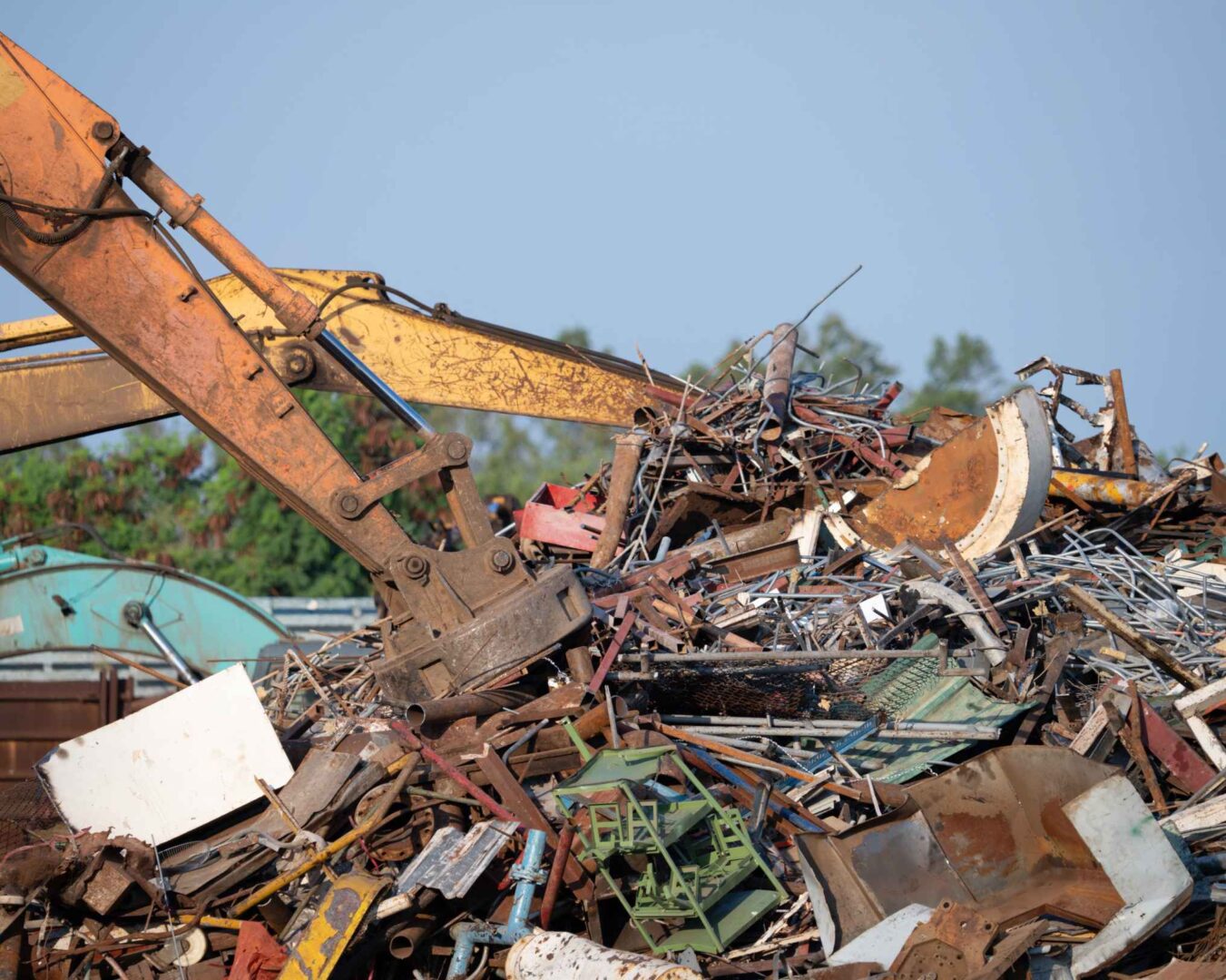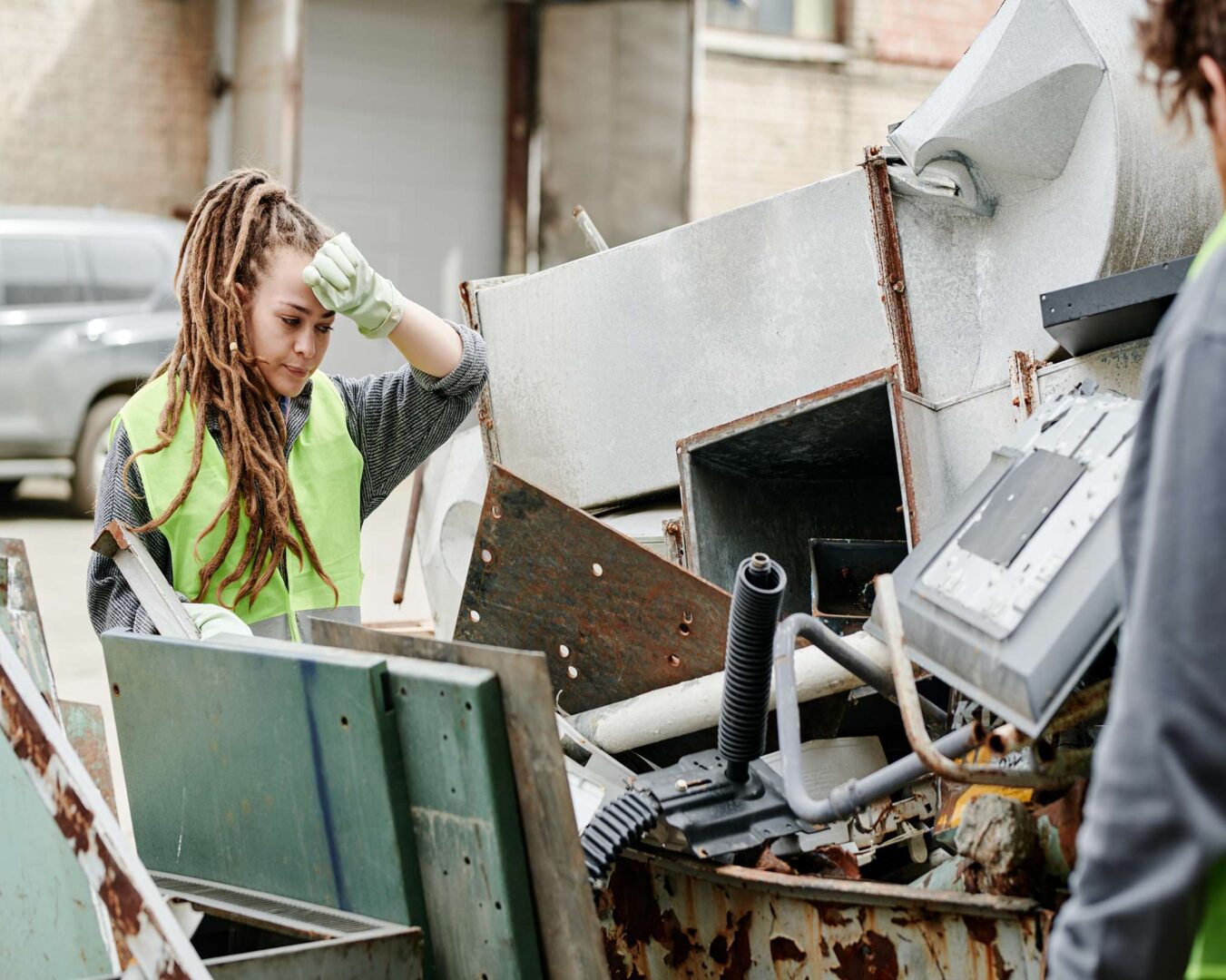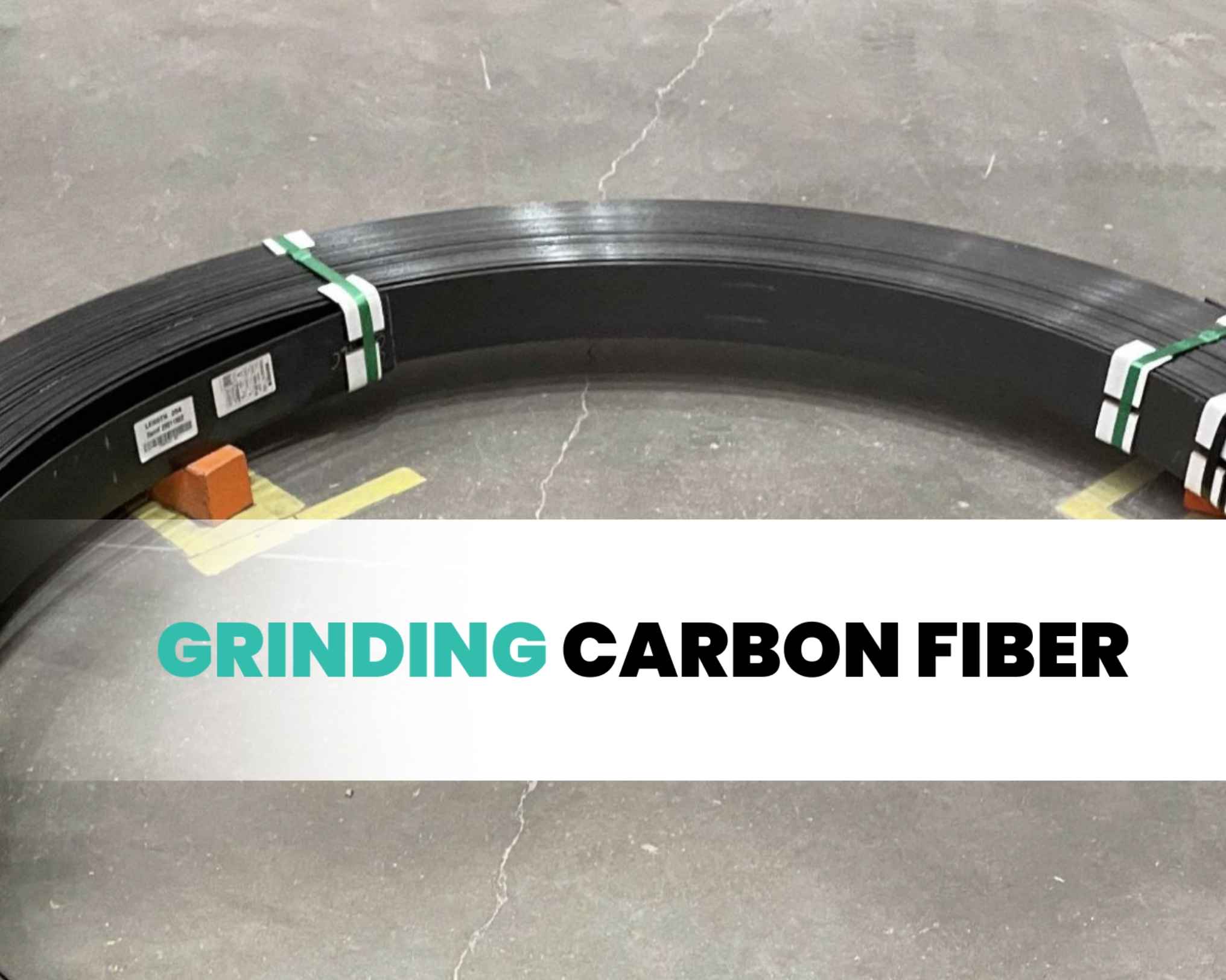Table of Contents
Beneficial Reuse vs Incineration
In today’s ever-evolving environmental landscape, the method by which we dispose of our waste has never been more crucial. Beneficial Reuse vs. Incineration stands at the forefront of this debate, a pivotal decision that has far-reaching implications for our planet, its ecosystems, and our health. These two paths, one offering a promise of sustainable resource utilization and the other hinting at potential harm to our atmosphere, are symbolic of the choices we must make daily.
It’s a contest between a short-term solution and a visionary approach to waste management. Beneficial Reuse vs Incineration is more than just a choice between two methods, it’s a reflection of our commitment to the environment and the legacy we wish to leave for future generations. With that in mind, picture two roads diverging in a waste-strewn wood: one leads to a smoky incinerator, the other to a bustling recycling workshop. Around 40% of the world’s waste is burned, often openly and unsafely, contributing to air pollution. Your choice makes all the difference, to our planet and its future.
Beneficial Reuse vs Incineration: The Impacts of Waste Management
Incineration spews invisible clouds of pollutants, the silent assailants of our atmosphere. Picture Los Angeles on a smoggy day – that’s the hidden effect of incineration. Meanwhile, Beneficial Reuse plants a verdant forest in place of that smog, reducing greenhouse gases by a whopping 95%.
Unleashing the Power of Resource Conservation: Beneficial Reuse
Imagine a single aluminum can. Manufacturing it from scratch can consume as much energy as running your TV for three hours. Now picture reusing that can – saving that energy and reducing strain on our planet. That’s Beneficial Reuse, an energy-saving hero!
It’s estimated that recycling aluminum saves 95% of the energy it would take to create new aluminum from raw materials. The energy savings can be staggering. Plus, Beneficial Reuse turns your trash into a treasure – creating compost and fertilizer from our organic waste.
Waste Reduction: A Comparative Analysis
With incineration, we’re racing to produce waste. It’s like constantly feeding a fire that only grows hungrier. On the other hand, Beneficial Reuse lets us starve that fire, diverting up to 70% of materials to a new, sustainable life.
Landfills in the US are reaching capacity – over half of them will be full in less than 20 years. Beneficial Reuse, however, reduces the waste that goes into landfills by redirecting materials to new uses. With renewed resources comes a reduced need for mining and energy-intensive production.
The Circular Economy: Transforming Waste Management through Beneficial Reuse
In a circular economy, an empty plastic bottle isn’t waste. It’s a planter for your succulents, a bird feeder, or raw material for a new product. Beneficial Reuse transforms waste into a resource, keeping the circle of life turning smoothly.
Surprisingly, less than 10% of the global economy is circular today and the majority of our waste is still ending up in landfills and incinerators.
But, as businesses, governments, and communities continue to embrace Beneficial Reuse on a larger scale – the world will move closer to a future of sustainability and balance.
Health and Safety Concerns: Beneficial Reuse vs. Incineration
Imagine the air around an incinerator – a cocktail of toxins, heavy metals, and particulates. Beneficial Reuse instead provides a breath of fresh air, protecting our health and the environment. Incinerators are often located in marginalized communities, contributing to health disparities.
Here are the features that make Beneficial Reuse the most eco-friendly waste management option:
- Benefits for local communities and economies with job creation
- Improvement of soil fertility and water quality
- Reduction of landfilling, fossil fuel consumption, and emissions to air
- Support the circular economy by promoting reuse and recycling
Think of it: a future without waste, unfolding before us. It starts with making the right choice – Beneficial Reuse over incineration – and continues with each of us committing to a more sustainable lifestyle. Who said going green was hard? Let’s get started!
Cost Considerations in Waste Management
Incineration is like a gas-guzzling vehicle – high maintenance, and high operational costs. Beneficial Reuse is the fuel-efficient hybrid, leading to potential savings of up to 30% in waste management costs.
The average cost of building a waste incinerator can be over $200 million, not including operating and maintenance costs. Such exorbitant prices make it difficult for countries with limited resources to access the technology.
Because of this, many global communities rely on open burning or landfilling – solutions that themselves carry high environmental and economic costs.
Regulatory Compliance and Sustainable Waste Management
New regulations are turning the tide against incineration. Think of them as a roadmap to a sustainable future, with Beneficial Reuse as the highway that leads straight to compliance.
Community Engagement and Brand Reputation
Beneficial Reuse is more than a waste management practice. It’s a handshake with the community, a pledge of environmental stewardship that resonates with customers and bolsters your brand.
Innovation and Market Differentiation through Beneficial Reuse
In a sea of incineration-based businesses, Beneficial Reuse is the lighthouse – innovative, forward-thinking, attracting customers who are ready to sail towards a sustainable future. Companies with a strong environmental reputation see an increase in market value by up to 6%.
Towards Long-Term Waste Management Solutions
Incineration is like applying a band-aid to a festering wound, a short-term fix. Beneficial Reuse stitches the wound, providing a long-lasting solution, fostering innovation, and encouraging sustainable practices.
Did you know that by 2050, the global population will produce 3.4 billion tons of waste annually? A long-term solution is urgently needed and Beneficial Reuse is the answer. It’s time to realize the true potential of waste management – to protect our planet and its future.
Conclusion
The future of waste management is here, and it’s named Beneficial Reuse. Imagine a world where waste is a resource, where businesses thrive as they contribute to sustainability. That’s the power of Beneficial Reuse – not just a method, but a mindset that redefines our relationship with waste and resources.




